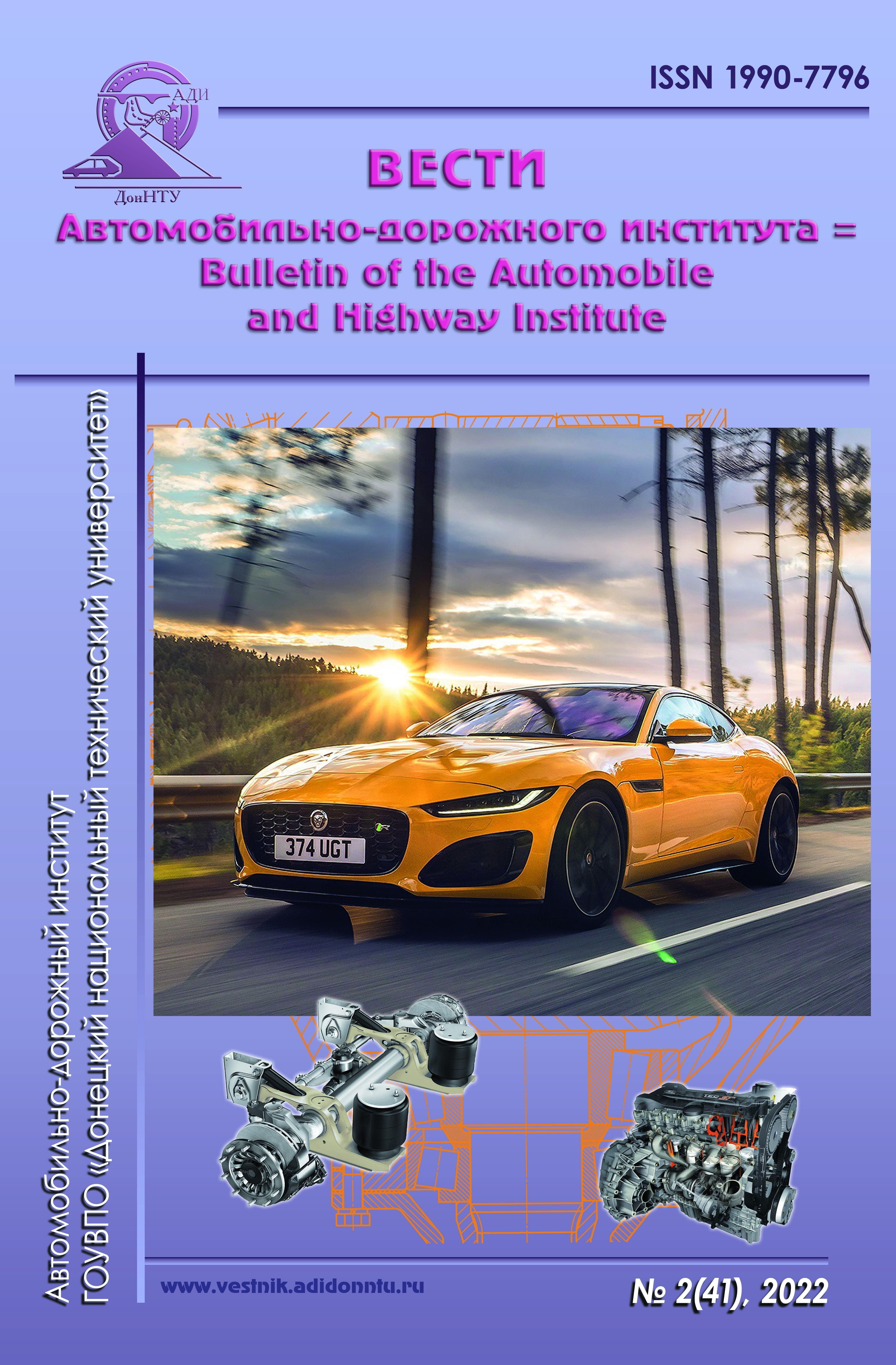Crushed Concrete Scrap is a Promising Secondary Construction Resource
Keywords:
CRUSHED CONCRETE, CONCRETE SCRAP, CRUSHED BROKEN CONCRETE, DENSITY, GRAIN DISTRIBUTION, WATER ABSORPTION, STRENGTH, CONCRETEAbstract
The waste from repair and reconstruction, new construction, housebreaking, as well as from defects at construction industry enterprises has always been a serious environmental problem in the matter of landfill and placement at special refuse dumps. For modern Donbass with its infrastructure destroyed by military actions, a part of which will need to be redeveloped, repaired and restored, the volume of the construction waste is about 3 million tons, and the number of construction objects to be restored exceeds 66 thousand units. There is a need to eliminate specific construction waste and fill the need for construction resources for the repair and restoration of facilities. The construction waste involvement in the economic and construction turnover will partially solve the environmental problem and the shortage problem of small and large concrete and reinforced concrete aggregates.
The analysis of the literature on this issue indicates the widespread use of concrete scrap in world practice as a secondary raw material after preliminary preparation (sorting, crushing, screening). However, there is an insufficient knowledge of the physical and mechanical properties of the materials obtained and their compliance with the regulatory documents.
The conducted studies have shown that the secondary broken concrete obtained meets the requirements of the State Standard 32495-2013 by the main indicators, and samples of heavy concrete are comparable in strength to concrete on natural aggregates.
In most cases the concrete scrap reuse is expedient and meets the principles of the «sustainable development» concept, the main provisions of which provide for saving materials and energy, increasing the durability of structures and reducing the negative impact on the environment, including the preservation of irreplaceable sources of natural resources.
References
Дрозд, Г. Я. Переработка и утилизация разрушенных войной строительных объектов в Донбассе / Г. Я. Дрозд // Экологический вестник России. – 2017. – № 12. – С. 12–16.
Балакшин, А. С. Повышение эффективности малощебеночных бетонов путем комплексного использования бетонного лома : специальность 05.23.05 «Строительные материалы и изделия» : автореферат диссертации на соискание ученой степени кандидата технических наук / Балакшин Андрей Сергеевич ; ГОУ ВПО «Московский государственный строительный университет». – Москва, 2017. – 19 с.
Коллинз АРДЖ. Использование вторичных материалов в качестве заполнителей в строительной промышленности. Стратегический доклад по стандартизации (проект): Европейская тематическая сеть (ETNrecy.net), апрель 2001 г.
Ефименко, А. З. Бетонные отходы – сырье для производства эффективных строительных материалов / А. З. Ефименко // Технологии бетонов. – 2014. – № 2. – С. 17–21.
Физико-механические особенности материалов на основе бетонного лома / Д. С. Денисевич, А. В. Димакова, А. В. Шнайдер,
Е. Е. Ибе. – Текст : электронный // Вестник Евразийской науки. – 2020. – № 3. – URL: https://esj.today/PDF/58SAVN320.pdf .
ГОСТ 32495–2013. Щебень. Песок и песчано-щебеночные смеси из дробленого бетона и железобетона Технические условия : межгосударственный стандарт: издание официальное : утвержден и введен в действие Межгосударственным советом по стандартизации, метрологии и сертификации (протокол от 14 ноября 2013 г. № 44-П) : введен впервые : дата введения 2015–01–01 / разработан ФГУП «ВНИПИИстромсырье». – Москва : Стандартинформ, 2014. – 8 с.


